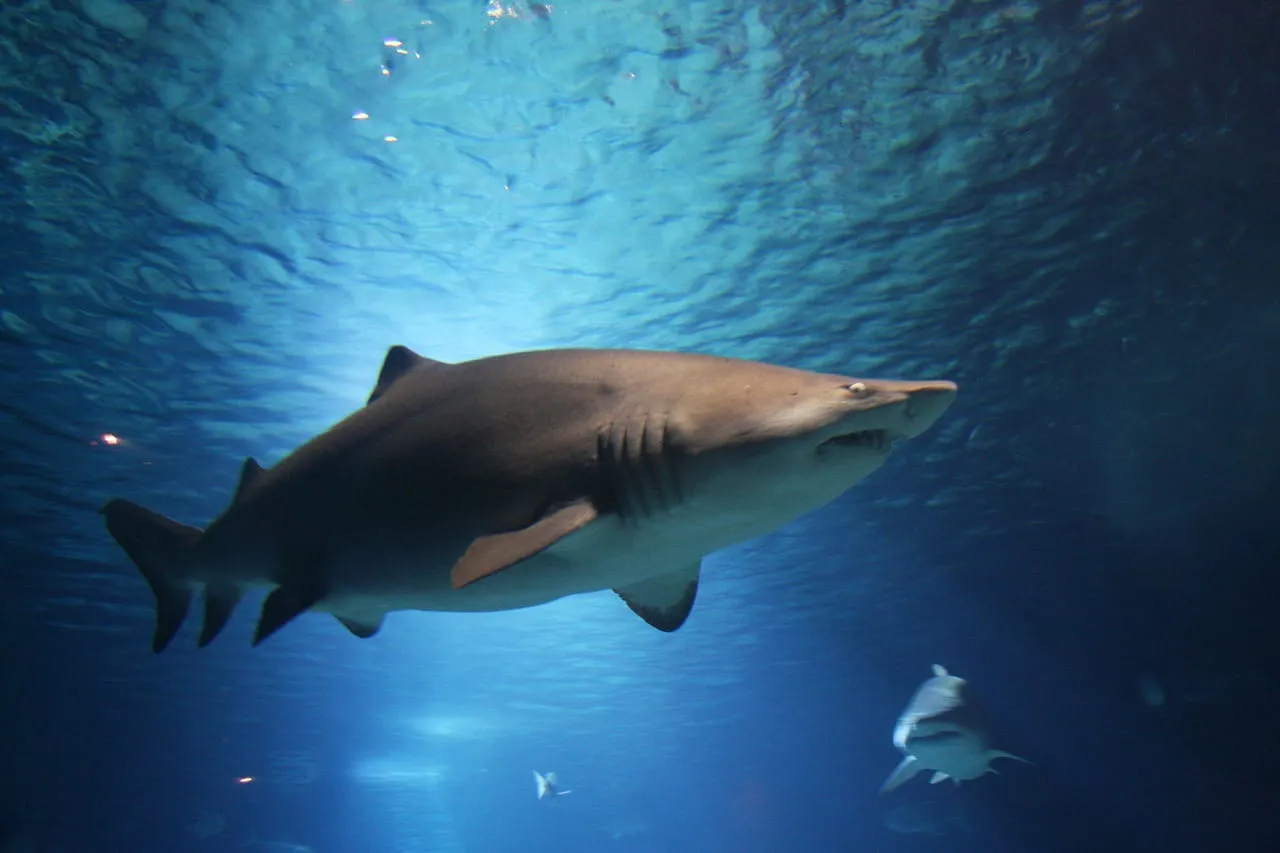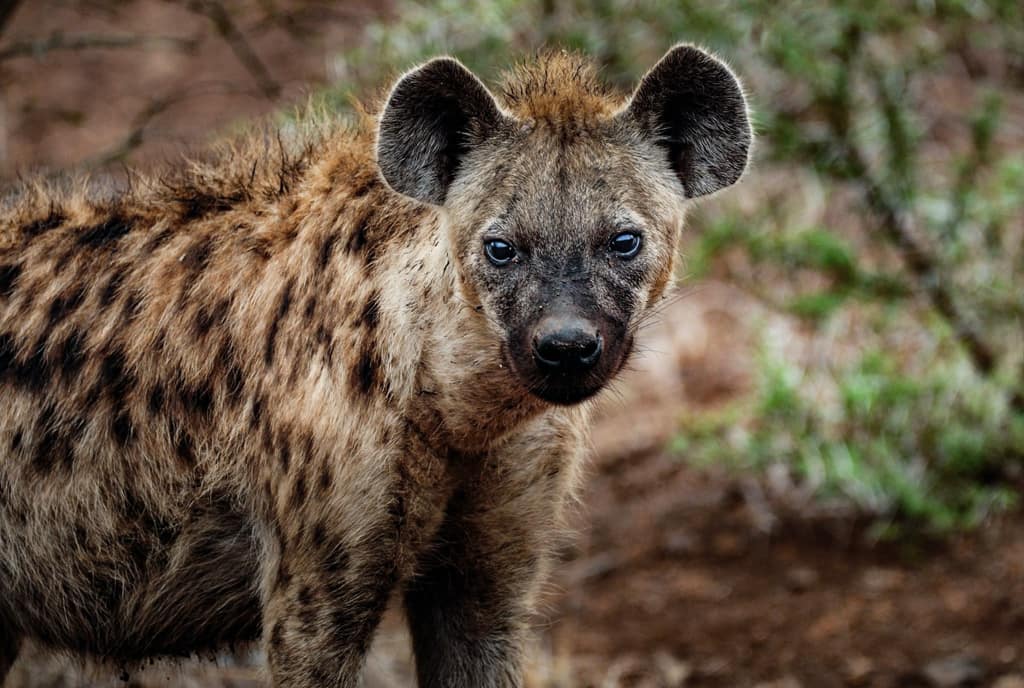Sharks are well-known predators and the greatest predeators of the marine. The shark’s body is streamlined, which allows them to swim easily through the water. It has two strong tail fins. These fins are spread out in the shape of wings. Sharks can be found in every ocean and sea on the planet. Some also live in rivers and lakes.However, most sharks prefer warm water. So let’s dive into these 64 fascinating shark facts that will astound you.
- Sharks are resistant to all known diseases, even cancer.
- Sharks tend to move even when they sleep or rest.
- The underwater cable that powers the Internet in Southeast Asia was once being eaten by sharks.
- One in six dolphins in the Bahamas has been bitten by a shark.
- Sharks are capable of surviving at least six weeks without eating food. There is a record by swell shark species in an aquarium for not eating food at all for 15 months.
- The gestation period of sharks varies from species to species, but it usually lasts from 5 to 6 months. Some sharks have a gestation period of two years.
- They have lower and upper eyelids, but they do not blink as the surrounding water protects their eyes. They have a special nictitating membrane that covers their eyes while hunting or when it’s being attacked.
- The Greenland sharks can survive for more than 200 years and feed on polar bears.
- The smallest shark on the planet is the dwarf lantern shark, which is only seven inches long and is equivalent to the size of a human hand.
- The longest shark species is the whale shark; it can grow up to 50 feet long and weigh over 40000 pounds( about 18,100 kg).
- The Great White sharks have about 3,000 teeth, out of which the front teeth are the largest. Some of their teeth are three 3 mm long.
- Their teeth are tough and are have a density equivalent to that of steel.

- Sharks do not grow teeth if they lose one. However, they have multiple rows inside their jaw that are constantly regrown. When a tooth on the edge of the jaw gets drop the tooth in the row behind it comes forward to replace it.
- The shortfin mako species of the sharks are the fastest as they can swim at the speed of 60 miles per hour( 97 kph).
- The Lemon shark species grows 24,000 new teeth’s a year. They develop a new set of teeth approximately every 14 days.
- Sharks have evolved on earth for about 400 million years that is long before the dinosaurs.
- As sharks are very much immune to cancer, scientists are studying its cartilage to find a cure for the killer cancer disease.
- The first written account of a shark attack is found back in greek history in Herodotus, which was back in 492 BC.
- The first written account of a shark attack is found back in greek history in Herodotus, which was back in 492 BC.
- It’s a myth that sharks can smell or detect a single drop of blood from a mile away. They can actually have the same sensitivity just like other fishes and can detect smells between one part per 25 million and one part per 10 billion.
- A shark’s jaw is not linked to its cranium. This is because their mouth is situated below its head, they can temporarily dislocate its jaw, and it juts forward to take a bite.

- The shark species Grey reef is been called the gangster shark because of its highly aggressive nature.
- Sharks can be found in all of the earth’s oceans and are usually found on the coastlines.
- Angel sharks were once called monkfish in the UK due to their fins which look like flowing robes.
- There is a species of sharks called frilled sharks that are also often called as a living fossil. They are said so because they are much similar to some extinct species that are found preserved in rocks. The parts of their Skelton resemble those of sharks that became extinct 350 million years ago.
- The Portuguese sharks live at a depth of about two miles or about 12000 feet.
- Due to the fact that the shark’s back is almost underwater, it can swim with ease. A nine-foot-long bull shark can easily swim in just two feet of water.
- About two-thirds of shark attacks on humans have taken place in water less than six feet deep.
- Mainly shark attacks occur in less than 100 feet from the shores of the beaches. Their attacks happen all over the world but mainly around popular beaches in Australia, South Africa, and North America(especially in Florida and Hawaii).
- About 30 people die worldwide due to shark attacks, which means a person has a chance of being killed by a shark in one of 300 million cases. A shark attacks a human, thinking of a person as a seal or some other marine animal.
- Before sharks attack, it may give a warning sign; they arch their backs, raise their heads and point their pectoral fins down. For every human shark kill, humans kill around two million sharks.

- Unlike most fishes, sharks do not have a swim bladder to keep them afloat. For this instead they have a large oil-filled liver. They do spend a lot of time on the surface of the water.
- Sharks liver oil is used to be one of the primary sources of Vitamin A for humans. The liver of basking shark species can weigh over 816 kg (1800 kg) and may contain 2270 liters (600 gallons) of oil.
- It is a myth that a shark’s largest organ is the stomach. The liver of the shark is the largest organ and weighs 25 percent of its body mass.
- Most Greenland sharks contain small parasites on their eyes that glow into the dark waters. Researchers think these glowing parasites attract prey into their mouths. These Greenland sharks have a poisonous flesh that must be boiled three times before it is edible and is eatable.
- The skin of a blue shark is three times thicker than a blue male to survive a courtship bites.
- During the 1980s, the efficiency of a shark was compared to that of a submarine, and the sharks were required six times less driving power in terms of weight. This discovery led to remarkable new innovations for submarines, racing yachts, and bathing suits.
- The largest shark ever caught in the fishing industry was a great white shark which weighed a whopping 2086 kg (4600 pounds). It was caught on the coast of Baja in Mexico.
- A bull shark can survive in both salt as well as freshwater by regulating salt and other substances in its blood.
- The world’s most rarest and unusual shark is the megamouth shark. It was discovered in 1976. Its mouth can reach up to three feet across, while the body is about 16 feet. Till now, only 100 of them are found or observed.
- The shark that has the longest lifespan is the spiny or piked dogfish. They usually live up to 70 years of age but may live for more than 100 years. They got their name because of their tendency to attack their prey just like a pack of wild dogs.
- Around 100 million sharks are killed every year. They are used to make necklaces; their cartilage is used to make fertilizers, skin is used for leather, their livers are used to make fertilizers. This mass killing has an adverse effect on the global environment and marine life cycle.

- All living creatures on the planet emit some small electric signals as they move or even breathe. Some shark species, particularly hammerheads, can use electricity to help them catch their prey. They pick up from tiny small electricals impulses through hundreds of tiny holes present in their faces called ampullae of Lorenzini.
- Sometimes the sharks attack metal objects which is because metal gives weak electric signals in saltwater that may confuse sharks.
- Sharks can and do get cancer. The myth that they don’t was created by I. William Lane to sell shark cartilage as a cancer treatment.
- Sharks have an outstanding hearing. They can hear a fish thrashing in the water from as far as 500 meters away. They can hear frequencies ranging from 10 hertz to 800 hertz. They are pretty responsive to the frequencies that are below 375 hertz.
- Great White Sharks have a lifespan of 30 to 40 years.
- Sharks skeleton is made up of cartilage instead of bones. So they are entirely boneless.
- The hammerhead shark is one of the very few animals that tan from the sun. This happens to them because they often cruise in shallow water or near the surface for extended periods of time.
- Killer Whales (Orcas) kill sharks by torpedoing up into the shark’s stomach from underneath, causing the shark to explode.
- The biggest egg on the planet is of a whale shark which can be 1 inch in diameter. Whereas on land, ostriches have the largest egg.
- The tiger sharks are the most dangerous among shark species. Only the killer whales outrank them for being the most top predators of the seas.
- Some fishes can raise the body temperature, which helps them hunt, and white sharks are one of them.

- Hammerhead sharks can live in groups called schools of more than 500 sharks. The strongest female shark swims in the middle. When she wants to or gets ready for mating, she shakes her head from side to side to signal the other female sharks to move away.
- Sharks are very powerful, and so their bites are too very powerful. They can generate a force of up to 18 tons per square inch.
- The empty shark eggs cases are washed up on the seashores, which are known as mermaid purses.
- It’s been researched that sharks may have evolved from a jawless fish called lampayers.
- When sharks give birth, the females lose their appetite so that they don’t eat their own pups.
- A pair of shoes made up of shark leather lasts four times more than shoes made up of regular leather.
- Whale sharks give birth to the highest number of pups in all shark species. They give birth to several hundred sharks in a litter.

- Sharks do not have scales on them. Instead, their skin is covered with denticles, which give the skin the roughness and just feel like sandpaper. As they grow, the denticles fall off and are replaced by the larger ones.
- Sharks tend to have excellent eyesight. Their eyes include an iris, cornea, and retina, just like a human eye. They also have rods and cones, which allows them to see multiple colors.
- There are about 440 different species of sharks in the world which are further categorized into eight main groups.
- The great white shark eats the most food among all shark species; they eat approximately 11 tons of food in one year. In comparison to sharks, humans only eat about 68 kg per year.






